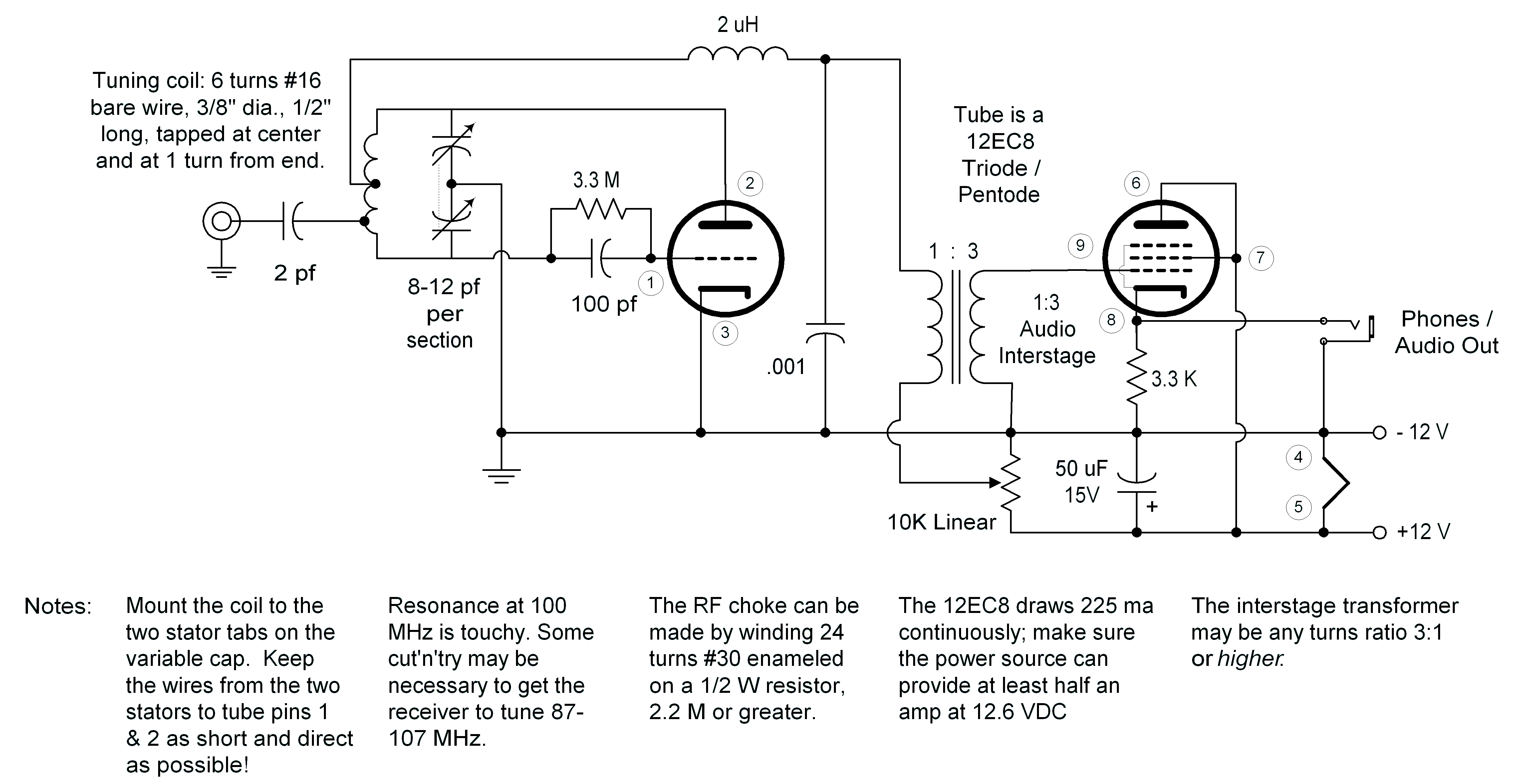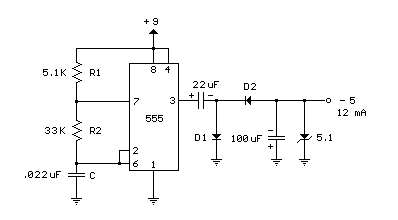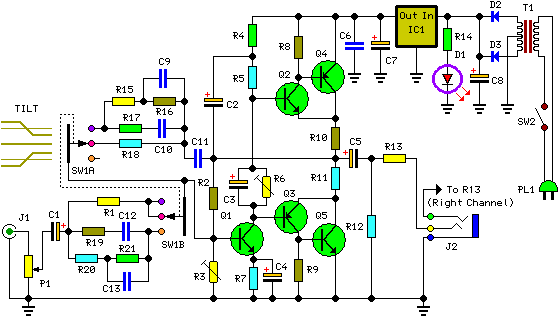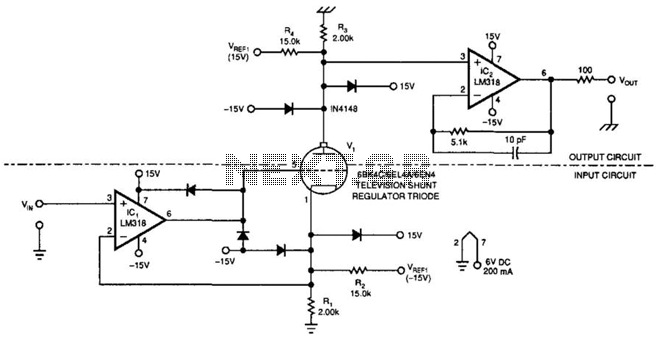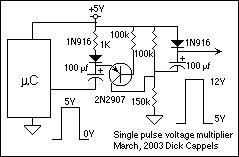
doubler voltage with ne555 schematic

The capacitors C5 work in conjunction with IC1, while the resistors R1 and R2, along with capacitors C1, form an astable multivibrator square wave generator. This generator outputs a frequency of approximately 2 kHz from pin 3 of IC1. Additionally, capacitors C3 and C4, along with diodes D1 and D2, are configured to boost the voltage to twice the input level, resulting in an output of about 24 VDC.
The circuit described utilizes an astable multivibrator configuration, which is a common method for generating square wave signals. The heart of this circuit is the integrated circuit (IC1), which is typically a timer IC such as the 555 timer. In this configuration, the timing components—resistors R1, R2, and capacitors C1 and C5—determine the frequency of oscillation. The output frequency can be calculated using the formula:
\[ f = \frac{1.44}{(R1 + 2R2) \cdot C1} \]
For this specific design, the values of R1, R2, and C1 should be selected to achieve the desired frequency of approximately 2 kHz.
The output signal from pin 3 of IC1 is a square wave that can be used for various applications such as clock signals, tone generation, or pulse width modulation. The capacitors C3 and C4, in conjunction with diodes D1 and D2, form a voltage doubling circuit. This circuit is designed to increase the voltage level to twice that of the input voltage, effectively providing an output of around 24 VDC.
The diodes D1 and D2 are crucial in this voltage doubling configuration, as they allow current to flow in one direction while blocking it in the opposite direction, ensuring that the capacitors charge correctly and discharge to the load as needed. The overall circuit thus serves a dual purpose: generating a stable square wave signal at 2 kHz and providing a higher voltage output suitable for powering other electronic devices or circuits.
Careful consideration should be given to the ratings of the components used, particularly the capacitors and diodes, to ensure they can handle the voltage and current levels in the application. Proper layout and grounding practices are also essential to minimize noise and ensure stable operation of the multivibrator and voltage doubling function.The capacitors C5 give with IC1, The resistor R1, R2 and, capacitors C1, Which build the circuit model astable multi vibrator Square wave generator, at the frequency about 2KHz come out the way pin 3 of IC1. By have capacitors C3, C4 diode D1 and D2. Which build be boost up voltage x 2, which will enhance the level Volt out be the direct current abo ut 24VDC or 2 times of the level Volt input. 🔗 External reference
The circuit described utilizes an astable multivibrator configuration, which is a common method for generating square wave signals. The heart of this circuit is the integrated circuit (IC1), which is typically a timer IC such as the 555 timer. In this configuration, the timing components—resistors R1, R2, and capacitors C1 and C5—determine the frequency of oscillation. The output frequency can be calculated using the formula:
\[ f = \frac{1.44}{(R1 + 2R2) \cdot C1} \]
For this specific design, the values of R1, R2, and C1 should be selected to achieve the desired frequency of approximately 2 kHz.
The output signal from pin 3 of IC1 is a square wave that can be used for various applications such as clock signals, tone generation, or pulse width modulation. The capacitors C3 and C4, in conjunction with diodes D1 and D2, form a voltage doubling circuit. This circuit is designed to increase the voltage level to twice that of the input voltage, effectively providing an output of around 24 VDC.
The diodes D1 and D2 are crucial in this voltage doubling configuration, as they allow current to flow in one direction while blocking it in the opposite direction, ensuring that the capacitors charge correctly and discharge to the load as needed. The overall circuit thus serves a dual purpose: generating a stable square wave signal at 2 kHz and providing a higher voltage output suitable for powering other electronic devices or circuits.
Careful consideration should be given to the ratings of the components used, particularly the capacitors and diodes, to ensure they can handle the voltage and current levels in the application. Proper layout and grounding practices are also essential to minimize noise and ensure stable operation of the multivibrator and voltage doubling function.The capacitors C5 give with IC1, The resistor R1, R2 and, capacitors C1, Which build the circuit model astable multi vibrator Square wave generator, at the frequency about 2KHz come out the way pin 3 of IC1. By have capacitors C3, C4 diode D1 and D2. Which build be boost up voltage x 2, which will enhance the level Volt out be the direct current abo ut 24VDC or 2 times of the level Volt input. 🔗 External reference
